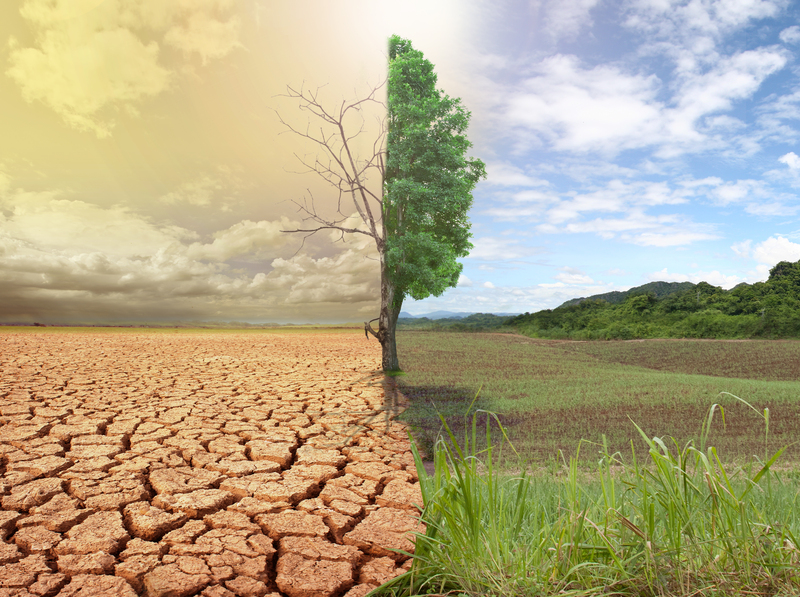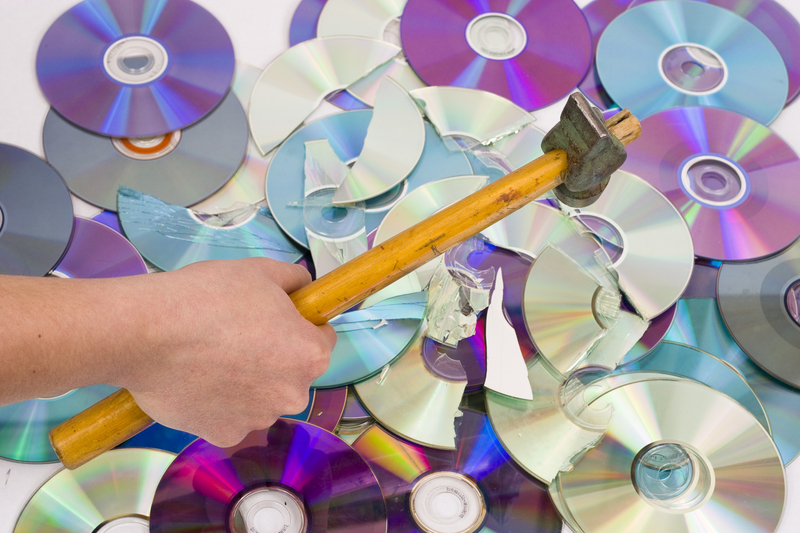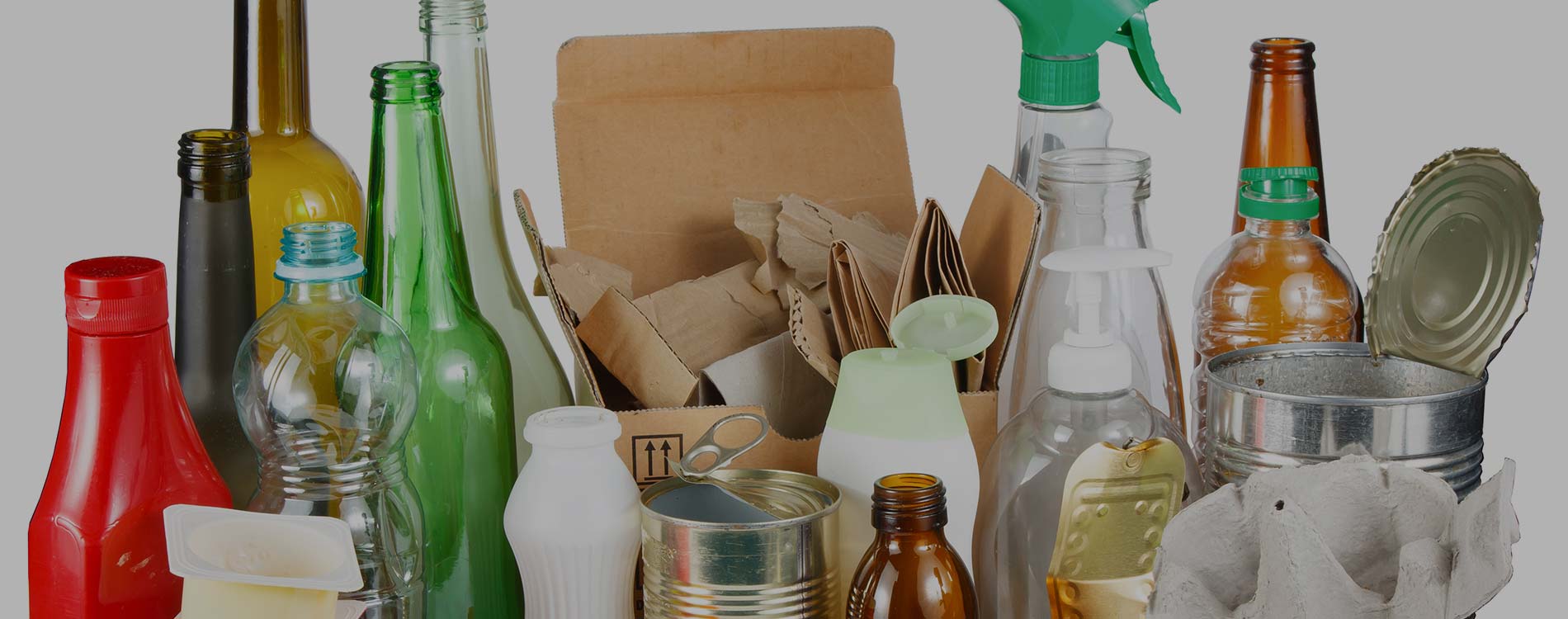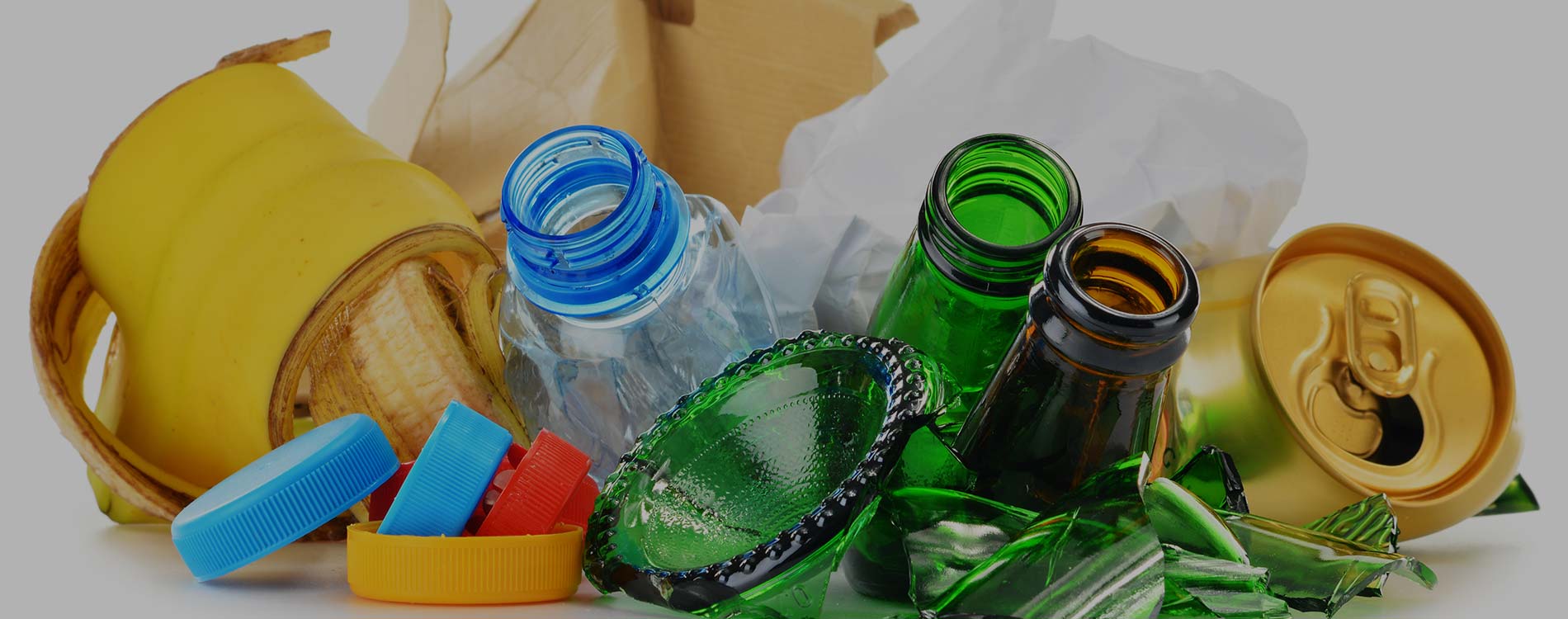Step-by-Step Guide to Using Less Plastic
Posted on 22/09/2025
Step-by-Step Guide to Using Less Plastic
Plastic pollution is one of the greatest environmental challenges of our time. Reducing the amount of plastic we use can have a significant, positive impact on the planet. Whether you're taking your first steps or already on your sustainability journey, this step-by-step guide to using less plastic will help you minimize your environmental footprint, promote healthier living, and inspire others to do the same.
Why Reduce Plastic Use?
Plastic is a versatile and affordable material, but its widespread use has led to severe pollution issues. Here are some reasons why reducing plastic usage is crucial:
- Environmental Impact: Plastics take hundreds of years to decompose, leading to overflowing landfills and polluted oceans.
- Wildlife Threat: Animals often mistake plastics for food or become entangled, leading to injury or death.
- Health Concerns: Microplastics have been found in water supplies and even in the food chain, posing unknown health risks.
- Resource Conservation: Reducing plastic consumption preserves fossil fuels and lowers carbon emissions.

1. Assess Your Plastic Footprint
Understanding your current plastic usage is the first essential step. Take a week to observe and list the types of plastic you use daily. This includes:
- Single-use plastics (water bottles, straws, packaging)
- Plastic bags
- Food containers
- Personal care products (toothbrushes, razors)
- Cleaning supplies
Tip: Keep a plastic diary--note every plastic item you use for a week to spot the most common offenders.
2. Make Conscious Choices: Start Small
Instead of aiming for a zero-plastic life overnight, focus on achievable changes. Transitioning to a low-plastic lifestyle is easier when you take it one step at a time:
- Swap single-use plastic bags with reusable cloth bags.
- Choose a stainless steel or glass water bottle instead of bottled water.
- Refuse plastic straws--opt for metal, bamboo, or skip them altogether.
- Buy produce loose, rather than in pre-packaged plastic containers.
Remember: Every small step counts--choose one new habit at a time and build from there.
Switch to Bulk and Refillable Products
Purchasing items in bulk helps reduce unnecessary plastic packaging. Look for stores that offer refill options for products like:
- Grains, rice, pasta, and nuts
- Spices and herbs
- Soaps, shampoos, and household cleaning liquids
Bring your own clean containers to fill. Over time, this makes a significant dent in your plastic waste.
3. Rethink Your Shopping Habits
Many retailers now offer plastic-free alternatives. Here's how you can adjust your routines:
- Choose products with minimal or compostable packaging.
- Support brands and stores making a visible effort to cut plastics.
- Buy in bulk to reduce packaging waste.
- Avoid individually wrapped items when possible.
- Select loose produce.
Bring Your Own Reusables (BYO)
- Tote bags: Keep foldable bags in your car or backpack.
- Produce bags: Mesh or cloth bags help avoid plastic produce bags.
- Reusable coffee cups & food containers: Great for takeaway orders.
- Cotton napkins & utensils: Leave a kit at your office or in your bag for meals on the go.
Prioritize Glass, Paper, and Metal
When it comes to storage, choose glass jars, paper bags, or metal tins over plastic options. These materials not only help reduce plastic waste but are also more easily recycled or reused.
4. Eliminate Microplastics in Your Routine
Microplastics are found in products you might not expect, such as certain toothpastes, cosmetics, or cleaning products. To minimize microplastic pollution, look for products labeled "microbead free" and:
- Switch to bar soap and solid shampoos--no plastic bottles required!
- Use natural fiber scrubbers or cloths instead of synthetic sponges.
- Select personal care products with organic ingredients and plastic-free packaging.
- Consider refillable beauty and skincare solutions.
Clothing Choices Matter
Many synthetic fabrics shed microplastics when washed. To reduce plastic pollution from laundry:
- Choose natural fibers like cotton, linen, or wool.
- Invest in a microplastic filter for your washing machine.
- Wash synthetic garments less often and at lower temperatures.
5. Choose Better Food Storage Solutions
Food storage is a top area for reducing plastic use at home. Replacing disposables with long-lasting alternatives helps keep your kitchen greener.
- Swap plastic wrap for beeswax wraps or silicone lids.
- Store leftovers in glass or stainless steel containers.
- Freeze foods in mason jars or metal tins.
- Compost or recycle properly at every opportunity.
6. Reduce Disposable Plastic in Food and Drink
Dining out and ordering takeout are notorious for single-use plastics. Here's how to use less plastic when eating out or on the go:
- Politely decline plastic cutlery, straws, and condiment packets.
- Bring your own cup, straw, and utensils to cafes and restaurants.
- Support establishments with environmentally friendly packaging.
- Order from vendors that use compostable or recyclable packaging, and encourage others to do the same.
Pack Your Own Lunch
- Use bento boxes, metal trays, or cotton sandwich wraps.
- Opt for homemade snacks to skip unnecessary wrappers.
- Fill a thermos instead of buying bottled drinks.
7. Adopt Sustainable Home and Lifestyle Solutions
- DIY household cleaners: Vinegar, baking soda, and lemon juice make excellent low-waste alternatives.
- Buy concentrated refills for soaps and detergents.
- Switch to bamboo or wooden versions of everyday items--toothbrushes, hairbrushes, and pegs.
- Opt for washable cloths and rags over disposable wipes and paper towels.
Creative tip: Upcycle glass jars or old containers into storage, plant pots, or decorative organizers.
8. Educate and Inspire Others
One of the most powerful ways to kickstart a plastic reduction movement is to share your journey and resources with others. You can:
- Host zero-waste workshops or challenges in your community.
- Post about your progress on social media using relevant hashtags.
- Gift sustainable products to friends and family.
- Advocate for businesses to offer plastic-free options.
9. Speak Up for Systemic Change
Individual actions are essential but widespread change happens when we come together:
- Support policy initiatives that limit single-use plastics and encourage sustainable alternatives.
- Participate in local clean-up events to raise awareness and make a direct impact.
- Write to local businesses or politicians to request better recycling programs and reduction of plastic packaging.
- Engage with like-minded groups and non-profits leading plastic waste reduction projects.
10. Practice the 5 R's of Plastic Reduction
Embrace these foundational principles for a plastic-smart lifestyle:
- Refuse: Say no to unnecessary plastics.
- Reduce: Buy and use less overall.
- Reuse: Opt for products with longevity and versatility.
- Recycle: Sort materials and dispose responsibly.
- Rot (Compost): Turn organic waste into nutrient-rich soil.
Frequently Asked Questions: Using Less Plastic
Is it expensive to go plastic-free?
While some sustainable swaps have upfront costs (like reusable water bottles), using less plastic often saves money in the long run. Reduced waste, buying in bulk, and opting for homemade solutions typically lower expenses over time.
How can I encourage children to reduce plastic usage?
Get them involved in shopping, meal prep, and recycling. Teach them the link between plastic and wildlife, and make plastic-free living fun and rewarding. Crafts using sustainably sourced or recycled materials also pave the way for eco-conscious habits.
What are some common mistakes when reducing plastic?
- Trying to do everything at once: Focus on gradual, sustainable changes.
- Getting discouraged by setbacks: Progress, not perfection, is key.
- Overlooking hidden plastics: Check labels for microplastics and hidden synthetic ingredients.
- Not preparing in advance: Keep reusable items on hand to avoid impulse purchases.

The Benefits of Sustainable Plastic Reduction
- Cleaner environment and healthier communities.
- Reduced carbon footprint and conservation of natural resources.
- Improved physical health by avoiding harmful chemicals.
- Setting a positive example for others and future generations.
By adopting a step-by-step approach to using less plastic, everyone can help to create a more sustainable world--one small change at a time.
Conclusion: Start Today
Reducing your plastic usage is an ongoing journey, not a destination. Each new habit you embrace, every piece of plastic you refuse or replace, and every conversation you have about sustainability contributes to a cleaner, greener planet. Start with the steps from this guide, share your progress, and inspire others to join you on the path toward a plastic-smart future.
Together, we can:
- Combat plastic pollution
- Live healthier lives
- Protect natural ecosystems for generations to come
Begin your plastic-saving journey today and make every choice count!

 020 3744 2205
020 3744 2205











